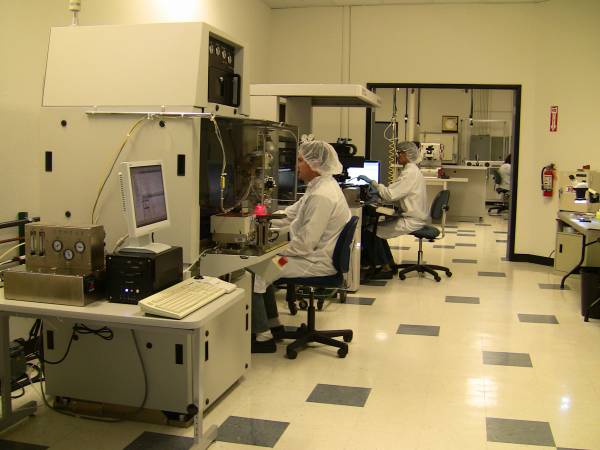This is the first of a multi-part blog series about North America having become a true competitor in the world of complex microelectronic contract assembly (including wire bonding and die bonding), from prototype to full production. With the declining dollar, a sophisticated high-tech infrastructure and a deep engineering talent pool, North America is poised to become a destination for micro-optoelectronic supply chains everywhere.
Competing with Off-Shore Manufacturers
Quite the contrary to what one may imagine at first thought, the U.S. microelectronic manufacturer is now more competitive with their off-shore counterparts. In fact, it could be said that the "playing field has been leveled" in this respect. Countries that were once emerging economies 10 and 20 years ago are now developed countries with governments vying for a legitimate place on the world stage. These countries that were once the "inexpensive off-shore" manufacturers are now industrialized societies with all the codes and regulations that come with any developed nation. The good news is that this translates into better working conditions for its people and for the environment as a whole. But it is a double-edged sword - the same compromises that every developed country has had to face: rules and regulations bring with it increased cost, even more so in the case of complex microelectronic assembly.

above: Palomar Microelectronics Contract Assembly lab, located in Carlsbad, California
A Brief History of Microelectronic Manufacturing
In the last 20 years it was fairly common practice for U.S./North American microelectronic manufacturers to design and manufacture their complex modules through prototype at their facilities in North America, and then launch the product in high volume at an off-shore location. This was done primarily because the risk/reward was too great to prototype a complex package off-shore, far from the design and manufacturing engineers in North America. Management at the North American firms were willing to incur additional costs to get it right the first or second time. Simply stated, there was an almost absent level of comfort in prototyping off-shore. Once the prototyping was completed, the manufacturer would launch the production in full-tilt at a dramatically less expensive (in comparison to the prototyping cost) price tag off-shore.
Who Wins?
However, this practice has changed as recently as 24 months ago. The off-shore advantage of cost has all but disappeared for the reasons stated above. The playing field in now leveled. We are truly in a global economy for microelectronic manufacturing. At the end of the day, customers around the world, especially in the pricier European countries, will win.
Next week we will be discussing microelectronic manufacturing advantages that North America possess, keeping in mind that cost is competitive with its off-shore counterparts.
- Don Beck, General Manager, Palomar Microelectronics